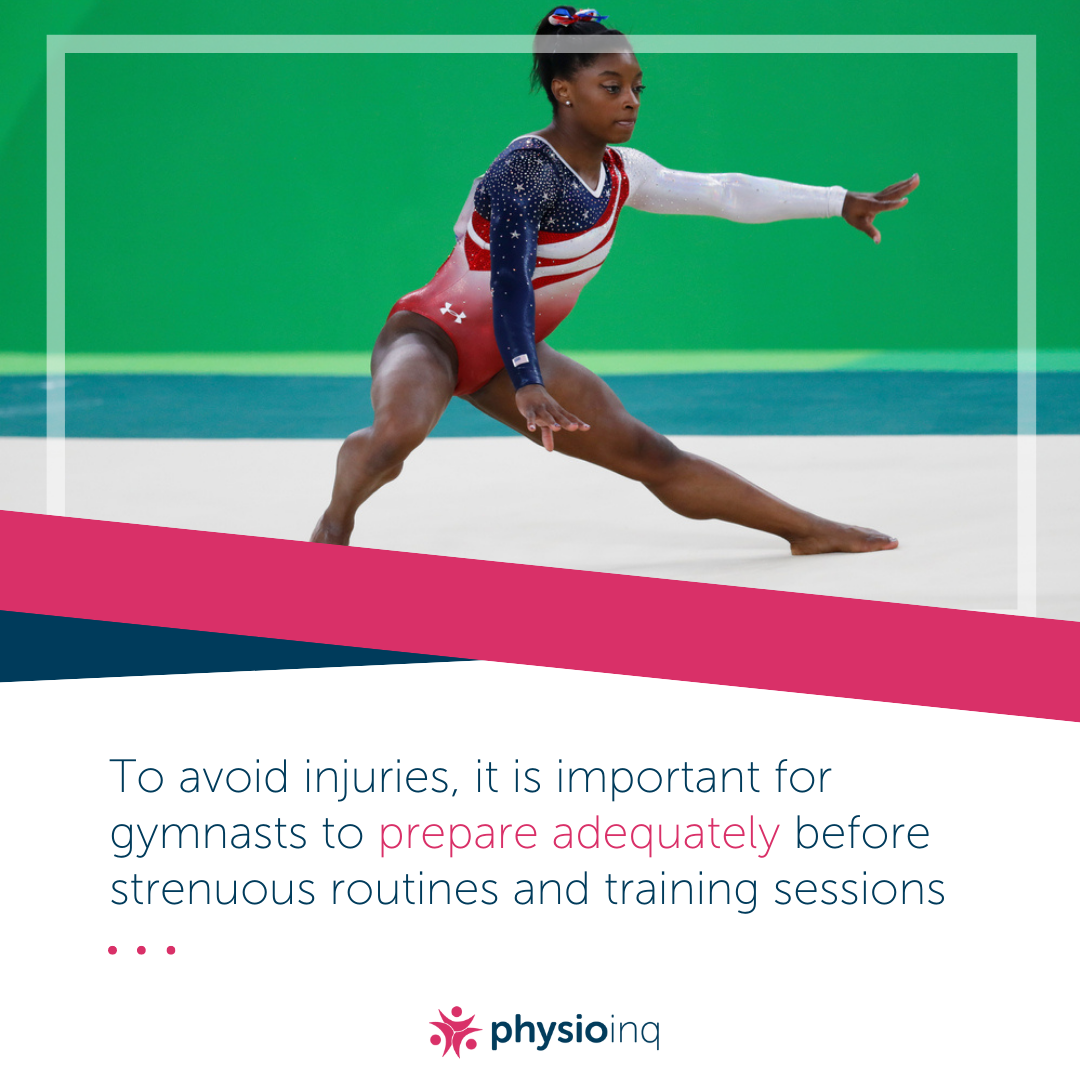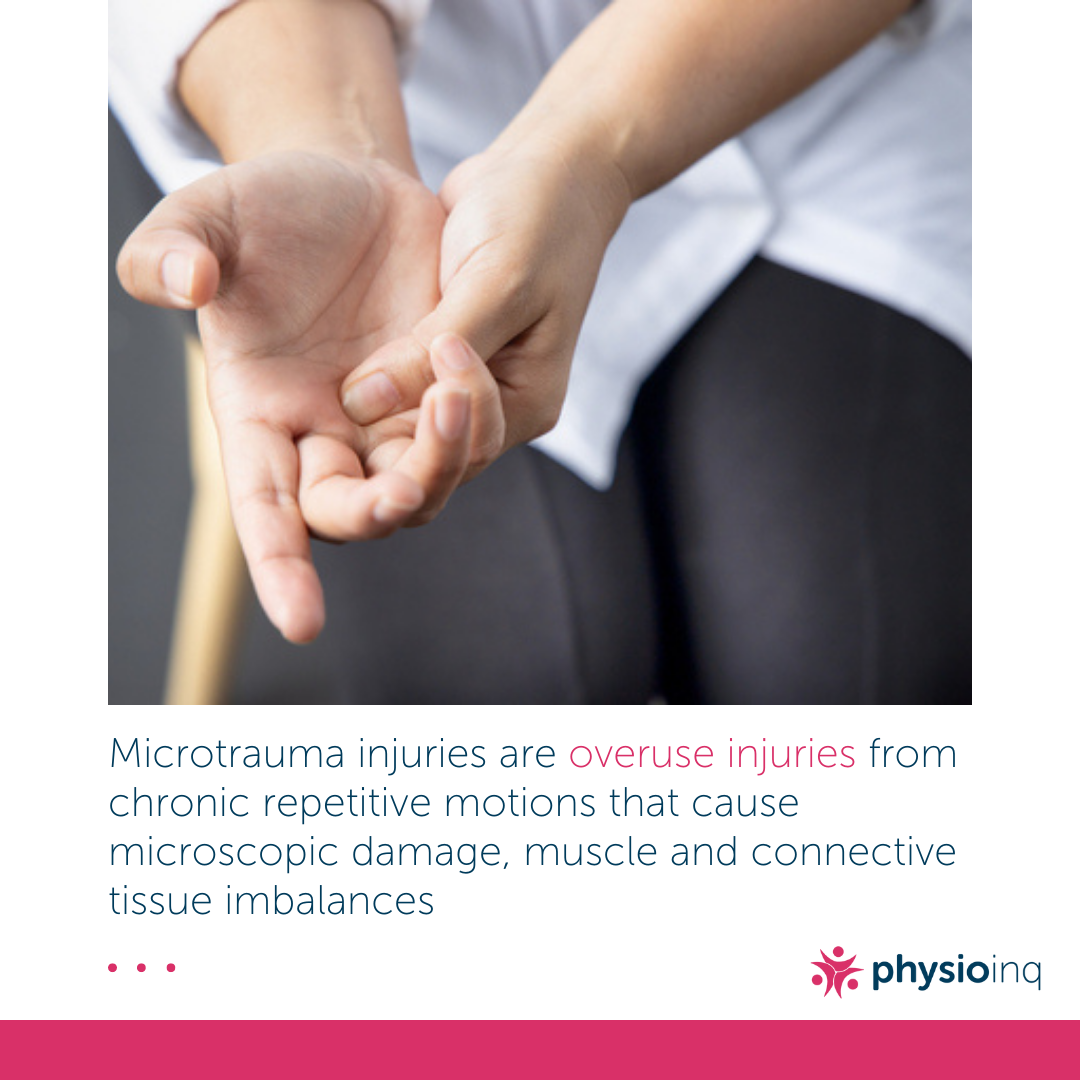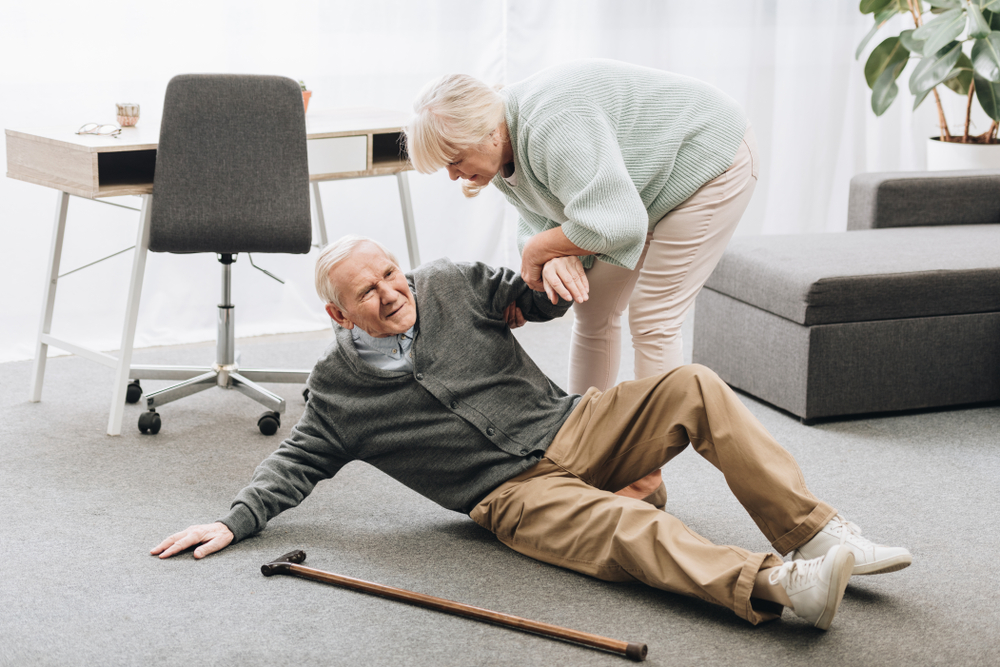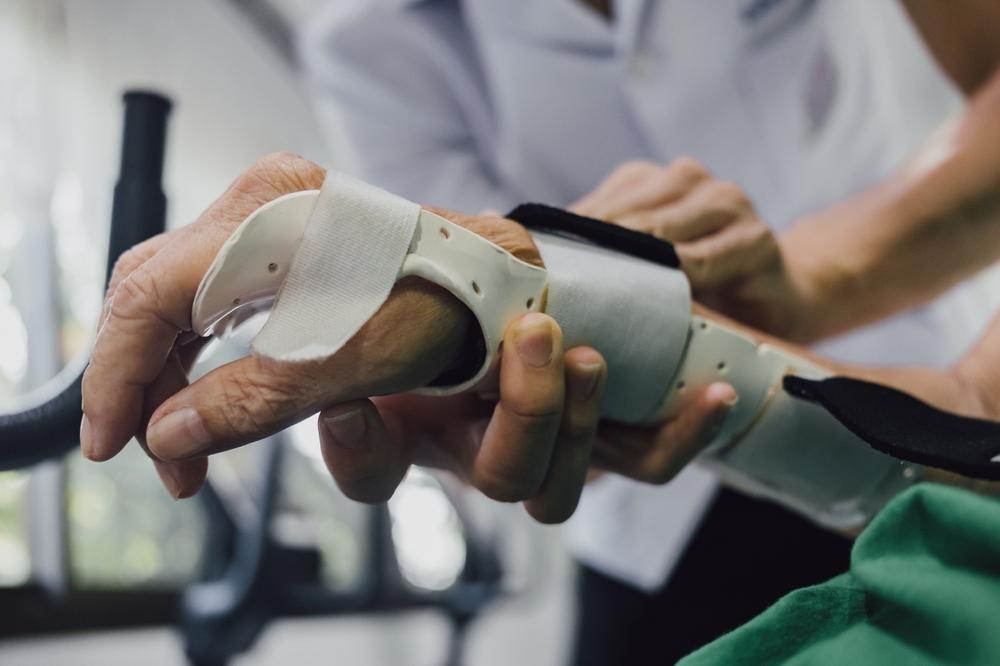How to Prevent Injuries in Gymnastics
Did you know that gymnastics is one of the most popular sports to watch at the Olympics?
The whole world seems enamored with the high-flying, flipping, and twisting gymnastics that seem to get more exciting – and dangerous – year after year.
At the elite level and even for recreational gymnasts, how injury-prone are these athletes as the sport continues to grow and grow?
Keep reading to learn more about gymnastics injuries and a few great ideas on how to prevent gymnastics injuries.
How Common are Injuries in Gymnastics?
There is no way to sugarcoat it, gymnastics injuries are quite common.
In fact, the University of Pittsburgh Medical Center claims that girls' gymnastics (specifically) has one of the highest injury rates at 100,000 per year.
In a 10-year observation study conducted by Sports Health of their evaluation of Men's & Women's Gymnastics injuries they observed;
"injury incidence was 8.78 per 1000 athlete-exposures for men and 9.37 per 1000 athlete-exposures for women. Female gymnasts more commonly suffered major injuries compared with men, and more commonly underwent surgery after injury (24.4% of female injuries required surgery vs 9.2% in males). The anatomic region most often injured in men was the hand and wrist (24%). The anatomic region most often injured in women was the foot and ankle (39%). Overall, injury rates were highest in freshman-eligible athletes."
Study can be found HERE.)
Shockingly, these rates are comparable to football and other full-contact sports, showcasing the serious risk for injury in gymnastics.
Some of these injuries are caused by stress and overuse, while others are caused by traumatic accidents. Female gymnasts are more likely to suffer injuries to the ankle and foot. Male gymnasts more commonly suffer wrist, shoulder, and hand injuries due to the upper body dominant skills required of them.
Understanding common injuries associated with participation and specific apparatus can help to develop prevention and rehab programs geared toward helping gymnasts successfully participate at their desired level.

What's the Most Common Injury in Gymnastics?
The most common injury gymnasts endure is muscle strain.
A muscle strain is an overstretched or torn muscle. Any muscle is susceptible to muscle strain, however, gymnasts most commonly experience muscle strain in the lower back, shoulder, and hamstring.
Overtraining is a common cause of muscle strain but rest and light stretching can help it heal.
Perhaps you’re wondering what are the most common injuries in gymnastics. Here are other common injuries gymnasts can face:
Wrist Injuries – Gymnasts put an incredible amount of force on their wrists, forces that can exceed twice the body weight. The primary step in approaching wrist pain is to decrease the training volume of the athlete, ease symptoms, and to partake in only pain-free activities. After an injury, gymnasts should avoid unrestricted stress on the wrist joint for up to six weeks and consider using a brace to keep it stable
ACL Injuries– Most people who tear their ACL (Anterior Cruciate Ligament) feel pain and a "pop" in their knee followed by swelling. An MRI can confirm the diagnosis and ACL reconstruction is suggested for gymnasts who wish to revert to full sports participation.
Achilles Tendon Injuries – Gymnasts can experience a variety of injuries to the Achilles tendon as a result of repeated jumping and landing forcefully. Achilles tendinitis results in calf soreness that is exacerbated with jumping and landing. Treatment should initially consist of ultrasound, stretching, activity adjustment, and calf exercises.
Foot and Ankle Injuries – Various minor or serious injuries can occur to the foot and ankle. Swelling, bruising and tenderness directly over the bones are indications of a more serious injury and should be evaluated by a professional. Minor injuries typically have tenderness limited to one side of the joint without significant swelling. Protection with taping or a brace can help recovery and diminish the danger of re-injury.
Labral Tears – These tears (sometimes called SLAP tears) are commonly caused by repetitive use of the shoulder or acute trauma. They are often seen in male gymnasts, the rings and bars make them particularly vulnerable. SLAP tears are identified by pain that relatively quickly disappears, but has a tendency to reappear with the return to sport and are diagnosed with an MRI.
How and When Injuries Occur in Gymnastics
There is a lot of repetition in gymnastics. Gymnasts practice a drill or skill over and over and over again. The repetition required to build muscle memory and learn a new skill can be the cause of an overuse injury.
An overuse injury is the result of repetitive microtrauma to the tendons, bones and joints resulting in pain that can be chronic in its most serious stage. Gymnasts that are still growing should watch carefully for overuse injuries, as their bodies can be more susceptible than others.
Gymnastics injuries occur more often in competition than in practice. During practice, mats and landing pits are typically used to learn and master new skills. But, in competition, gymnasts are performing high-level skills at higher speeds and greater heights without the benefit of crash pits and extra cushions.
The most common long-term injuries are traumatic knee injuries, including ACL tears, that cause the athlete long periods of time away from the sport, and most likely surgery. ACL injuries most often occur on the floor exercise in gymnastics. However, many gymnasts can recover from an ACL injury and return to the sport with surgery and an intense rehabilitation program.

How to Prevent Injuries in Gymnastics
A few things that can help reduce the risk of injury in gymnastics include:
- Do a thorough warm-up
- Stretch to warm up and cool down
- Keep hydrated
- Avoid loose-fitting clothing
- Utilize an injury prevention conditioning program
If you have a budding Simone Biles in your family, there are things parents and coaches can do to help prevent these injuries.
First and foremost, gymnastics should always be supervised to ensure the equipment is safe and coaches are using safe spotting techniques. They should also be using safe practice protocols on difficult skills.
Especially during practice, utilise essential safety gear such as wrist guards, hand grips, specific footwear, ankle or elbow braces and pads – and of course crash mats and pits.
Many serious athletes have a “play through the pain” mentality, but at a young age teaching gymnasts that it's necessary to address an injury before it festers and becomes a bigger problem is a must.
Strength training and cross-training are both good for injury prevention and can help keep gymnasts motivated by helping them progress to the next skill level. Strength training should focus on building the core, which gives the gymnast a stable base for the arms and legs as they move in different directions.
Cross-training can help combat the repetitive patterns of gymnastics – and can also help rehabilitate injuries, promote recovery, enhance motivation and rejuvenate the mind and body during breaks from formal training.
If you’re a talented gymnast, our trainers at Physio Inq would love to help create a training plan for injury prevention. Or, if you’ve had a gymnastics injury, we can confidently get you back to the gym with a thorough rehab program.
Visit one of our local In-Home, Clinic, or Online Physiotherapy services today.
If you’re a talented gymnast, our trainers at Physio Inq would love to help create a training plan for injury prevention. Or, if you’ve had a gymnastics injury, we can confidently get you back to the gym with a thorough rehab program.
Visit one of our local In-Home, Clinic, or Online Physiotherapy services today.
Date Published: Sunday, June 19, 2022
Locate a Mobile Physiotherapy
Service Near me
Get the experience & convinence you deserve to support your or a loved one's allied health needs.
Our Mobile Physiotherapy team are currently serving & taking appointments in the following states and regions in Australia:
New South Wales
- Blacktown
- Blue Mountains
- Campbelltown And Macarthur
- Canterbury-Bankstown
- Eastern Suburbs Sydney
- Georges River
- Hawkesbury
- Inner East Sydney
- Inner West Sydney
- Lake Macquarie
- Lower North Shore
- Newcastle
- Northern Beaches
- North Sydney
- Parramatta
- Penrith
- Southern Highlands
- South West Sydney
- Sutherland Shire
- Sydney CBD
- The Hills Shire
- Upper North Shore
- Waverley
- Wollongong
Tasmania
Victoria
Need to get into direct contact with ur Client Services team? We're all ears. Call our team directly on 1300 731 733






